Sarah Sundin's Blog, page 7
August 7, 2025
Army Nursing in World War II – Training and Rank

During World War II, members of the US Army Nurse Corps took care of the sick and wounded throughout the world, often in dangerous and difficult conditions. These brave women inspired four of my novels (A Memory Between Us and the Wings of the Nightingale series), so I’m sharing a four-part series on US Army nursing during the war.
Part 1: Who Could Serve in the US Army Nurse Corps
Part 2: Recruitment, Training, and Military Rank
Part 3: Uniforms
Part 4: General Nursing Practice
US Army Nurse Corps in WWII – Training & RankRecruitmentThe American Red Cross served as the traditional reserve for the Army Nurse Corps. As of June 1940, there were 942 women in the Army Nurse Corps, plus 15,700 in the Red Cross first reserve. In September 1940, the Red Cross called for the reserves to volunteer for active duty with a one-year commitment, and on October 8, the first Red Cross Nursing Service members were sworn into active duty.
The Red Cross continued to recruit nurses for the Army and Navy throughout the war, and posters, magazines, and public appeals let women know of the need. On January 6, 1945, Pres. Franklin Roosevelt proposed a draft for nurses in his State of the Union address, despite the fact that the Nurse Corps never had a shortage of nurses. On March 7, the House of Representatives passed the bill, but it languished in the Senate, and on May 24, President Truman stopped legislative action on the bill.
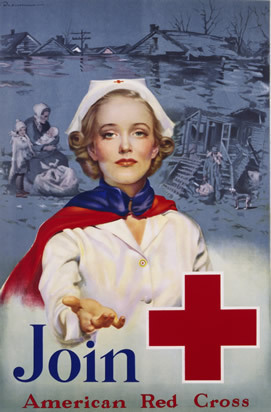
American Red Cross recruiting poster for nurses in WWII
TrainingNursing schools stepped up the training of graduate nurses as universities and hospitals increased the number of slots for students.
At first there was no formal military training for nurses. On July 19, 1943, the first basic training center for nurses opened at Fort Meade, MD. Training centers were located at Fort Devens, MA; Halloran General Hospital, Staten Island, NY; Camp McCoy, WI; and Brooke General Hospital, San Antonio, TX. The nurses trained for four weeks, learning military courtesy and practices, sanitation, ward management, camouflage, the use of gas masks, and map reading. They also drilled and underwent physical training.
To learn about training of flight nurses in World War II, please see Medical Air Evacuation in World War II–The Flight Nurse.
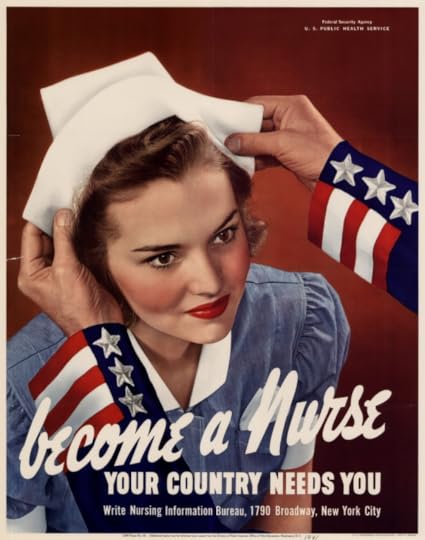
US poster recruiting nurses, World War II
Cadet Nurse CorpsTo raise up an even greater number of nurses, Congress authorized the Cadet Nurse Corps on July 1, 1943. The government paid for women to attend civilian nursing programs in exchange for service in the Army Nurse Corps upon graduation. The women in this accelerated program (two and a half years instead of three) had their own special cadet uniforms.

Recruiting poster for the US Cadet Nurse Corps, World War II
Military RankNurses entered the ANC as second lieutenants, and the vast majority stayed at that rank. The chief nurse of a hospital was usually a first lieutenant, but sometimes a second lieutenant or a captain. The highest rank was held by the superintendent of the ANC, a colonel.
At first, nurses held “relative rank.” They held the title, wore the insignia, were admitted to officers’ clubs, and had the privilege of the salute, but they had limited authority in the line of duty and initially received less pay than men of similar rank. On December 22, 1942, Congress authorized military nurses to receive pay equivalent to a man of the same rank without dependents, and on June 22, 1944, Congress authorized temporary commissions with full pay and privileges to military nurses.
One of the reasons nurses were granted officer status was to “protect” them from the great crowd of enlisted men, and—it was often believed—for male officers to keep the women for themselves. The Army had rules that prohibited fraternization between officers and enlisted personnel.
Sources:Sarnecky, Mary T.A. History of the U.S. Army Nurse Corps. Philadelphia: University of Pennsylvania Press, 1999. (A comprehensive history with a thick section on WWII).
Tomblin, Barbara Brooks. G.I. Nightingales: the Army Nurse Corps in World War II. Lexington: University Press of Kentucky, 1996. (A wonderful history, including all theaters, full of personal stories).
The post Army Nursing in World War II – Training and Rank first appeared on Sarah Sundin.Today in World War II History—August 7, 1940 & 1945
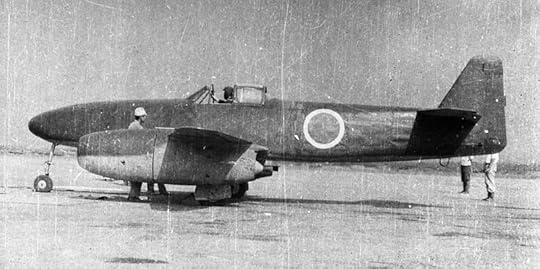
Nakajima J9Y Kikka preparing for its first flight, Kisarazu Air Field, Japan, 7 Aug 1945 (public domain via Wikipedia)
85 Years Ago—Aug. 7, 1940: Germany annexes Alsace and Lorraine in France.
80 Years Ago—Aug. 7, 1945: Japanese first fly Nakajima J9Y Kikka jet fighter, essentially a copy of the German Messerschmitt Me 262.
Marshal Tito bans return of King Peter to Yugoslavia.
The post Today in World War II History—August 7, 1940 & 1945 first appeared on Sarah Sundin.August 6, 2025
Today in World War II History—August 6, 1940 & 1945
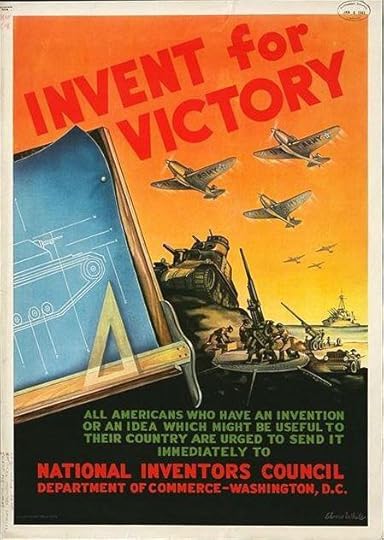
US poster, WWII
85 Years Ago—Aug. 6, 1940: First meeting of US National Inventors Council, to screen ideas from scientists and amateur inventors that might have military use—200,000 ideas screened during the war; 560 were deemed to have value.
In Luxembourg, Germans ban speaking French.
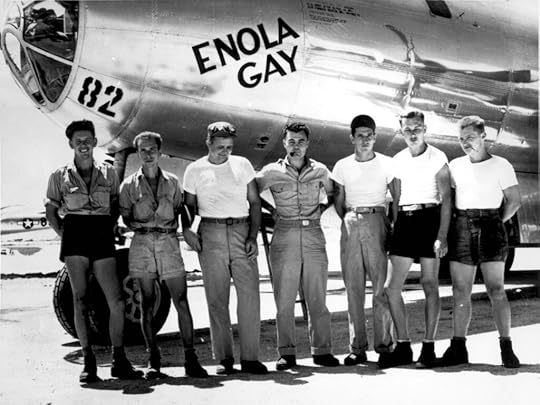
Col. Paul Tibbets and the crew of B-29 Superfortress Enola Gay, 5 Aug 1945 (US Air Force photo)
80 Years Ago—Aug. 6, 1945: Atomic bomb is dropped on Hiroshima, Japan, by US B-29 Superfortress Enola Gay, flown by Col. Paul Tibbets Jr.; about 78,000 killed.
Maj. Richard Bong, leading US fighter pilot ace (40 victories) and a Medal of Honor recipient, is killed testing a Lockheed P-80 Shooting Star jet fighter in Burbank, CA.
Off Bali, Japanese aircraft sink submarine USS Bullhead, the last US warship lost in WWII.
The post Today in World War II History—August 6, 1940 & 1945 first appeared on Sarah Sundin.August 5, 2025
Today in World War II History—August 5, 1940 & 1945

Focke-Wulf Fw 200 C Condor (German Federal Archive, Bild: Bild 146-1978-043-02)
85 Years Ago—Aug. 5, 1940: German Fw 200 Condor long-range bombers begin patrols over convoy routes around Britain.
Germany requires citizens to carry Ahnenpass, proving “racial purity” back to 1800.
Art “Donny” Donahue becomes the first American pilot to engage enemy aircraft in WWII (flying with the RAF in a Spitfire).
80 Years Ago—Aug. 5, 1945: Missing items from Holy Roman Empire Imperial regalia are found buried in Nürnberg, Germany.
The post Today in World War II History—August 5, 1940 & 1945 first appeared on Sarah Sundin.August 4, 2025
Today in World War II History—August 4, 1940 & 1945
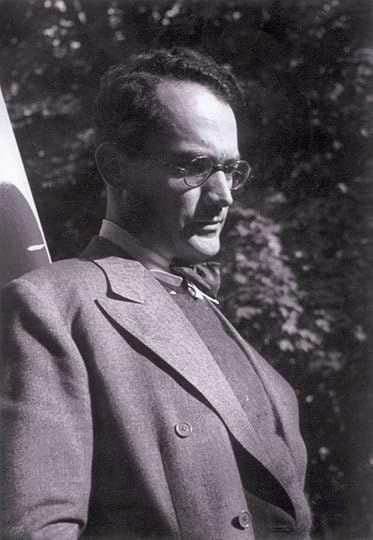
Varian Fry (Library of Congress: cph.3a49120)
85 Years Ago—Aug. 4, 1940: US journalist Varian Fry of the Emergency Rescue Committee arrives in Lisbon; in Marseille, France, he will work with US vice-consul Hiram Bingham Jr. to help 2,000 anti-Nazi German refugees and Jews escape from southern France.
80 Years Ago—Aug. 4, 1945: Near Pegu Yoma, British destroy remnants of Japanese 28th Army resisting in Burma.
German POW Kurt Rossmeisl escapes from Camp Butner, NC; he surrenders in 1959.
Bert Shepard, a former P-38 fighter pilot who lost his leg in combat, pitches in a baseball game for the Washington Senators, the first man with an artificial leg to pitch in a major league baseball game.
The post Today in World War II History—August 4, 1940 & 1945 first appeared on Sarah Sundin.August 3, 2025
Today in World War II History—August 3, 1940 & 1945

Map of East Africa, mid-1930s (Library of Congress)
85 Years Ago—Aug. 3, 1940: Italian troops under Gen. Guglielmo Nasi invade British Somaliland from Italian Ethiopia.
New song in the US Top Ten: “When the Swallows Return to Capistrano.”
80 Years Ago—Aug. 3, 1945: Czechoslovakia denies citizenship to ethnic Germans and Hungarians.
The post Today in World War II History—August 3, 1940 & 1945 first appeared on Sarah Sundin.August 2, 2025
Today in World War II History—August 2, 1940 & 1945
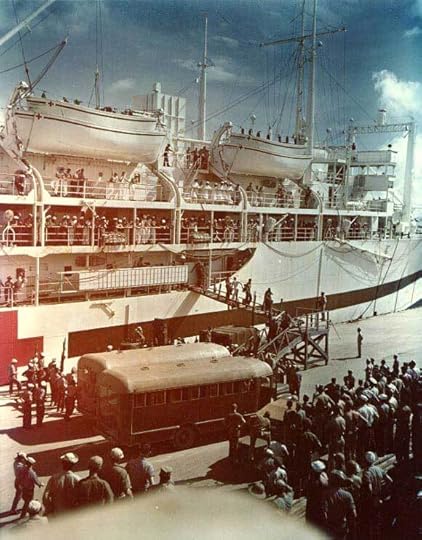
Hospital ship Tranquility arriving at Guam with survivors from sunken heavy cruiser USS Indianapolis, 8 Aug 1945 (US National Archives: 80-G-K-5986)
85 Years Ago—Aug. 2, 1940: British Royal Navy Swordfish aircraft bomb Italian naval base at Cagliari, Sardinia.
Vichy French military court sentences Gen. Charles de Gaulle to death in absentia for organizing Free French in Britain.
In Germany, Jews are banned from owning telephones and are only allowed to shop from 4-5 pm.
80 Years Ago—Aug. 2, 1945: Japanese suffocate 387 Allied POWs in a mine on Sado off Honshu, Japan.
First survivors of USS Indianapolis (sunk July 30) are found in the ocean; 316 will ultimately be found.
The post Today in World War II History—August 2, 1940 & 1945 first appeared on Sarah Sundin.August 1, 2025
Today in World War II History—August 1, 1940 & 1945
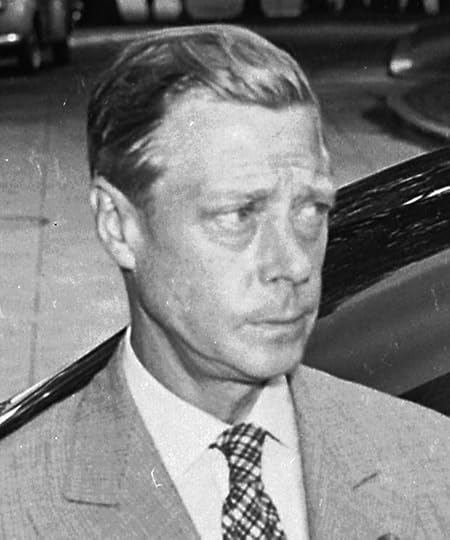
Duke of Windsor, Washington, DC, 14 Aug 1945 (US National Archives: 199164)
85 Years Ago—Aug. 1, 1940: Duke of Windsor (former King Edward VIII) sails from Portugal to Bahamas, foiling a German kidnapping attempt.

Fires raging in Toyama, Japan during an American air raid, 1 Aug 1945 (US Air Force photo)
80 Years Ago—Aug. 1, 1945: Biggest air raid ever over Japan—836 US B-29 Superfortress bombers are dispatched at night.
In US, penicillin is made available by prescription to civilians as tablets, ointment, and eye drops.
The post Today in World War II History—August 1, 1940 & 1945 first appeared on Sarah Sundin.July 31, 2025
Today in World War II History—July 31, 1940 & 1945
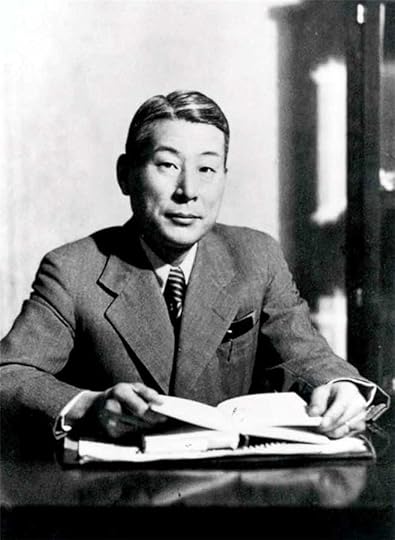
Chiune Sugihara (public domain via Wikipedia)
85 Years Ago—July 31, 1940: In Lithuania, Japanese Consul Chiune Sugihara begins writing thousands of visas for Jews to flee through the USSR into Japanese-controlled China.
Japanese navy receives its first Mitsubishi A6M Zero fighter planes.
80 Years Ago—July 31, 1945: Former prime minister of Vichy France, Pierre Laval, is sent from Spain to Austria under pressure from France; he is immediately arrested by the Americans and turned over to the French; he will be executed October 15 for collaborating with the Germans.
The post Today in World War II History—July 31, 1940 & 1945 first appeared on Sarah Sundin.July 30, 2025
Today in World War II History—July 30, 1940 & 1945
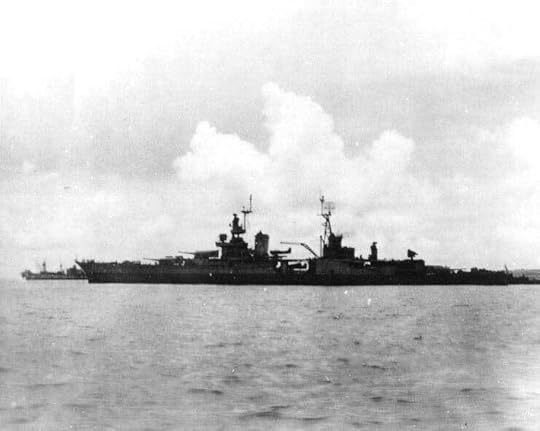
Heavy cruiser USS Indianapolis off Tinian, days before she was sunk, circa 26 Jul 1945 (US Naval History & Heritage Command: NH 73655)
85 Years Ago—July 30, 1940: Act of Havana is signed by the US and twenty Latin American countries, agreeing to help any country threatened by the Axis in the Americas.
80 Years Ago—July 30, 1945: After having delivered the atomic bomb to Tinian, heavy cruiser USS Indianapolis is sunk by Japanese sub I-58 off Leyte and is not missed for days; only 316 of 1199 men will survive the shark-infested waters.
Japanese make final stand in New Guinea, at Numbogua.
The post Today in World War II History—July 30, 1940 & 1945 first appeared on Sarah Sundin.


